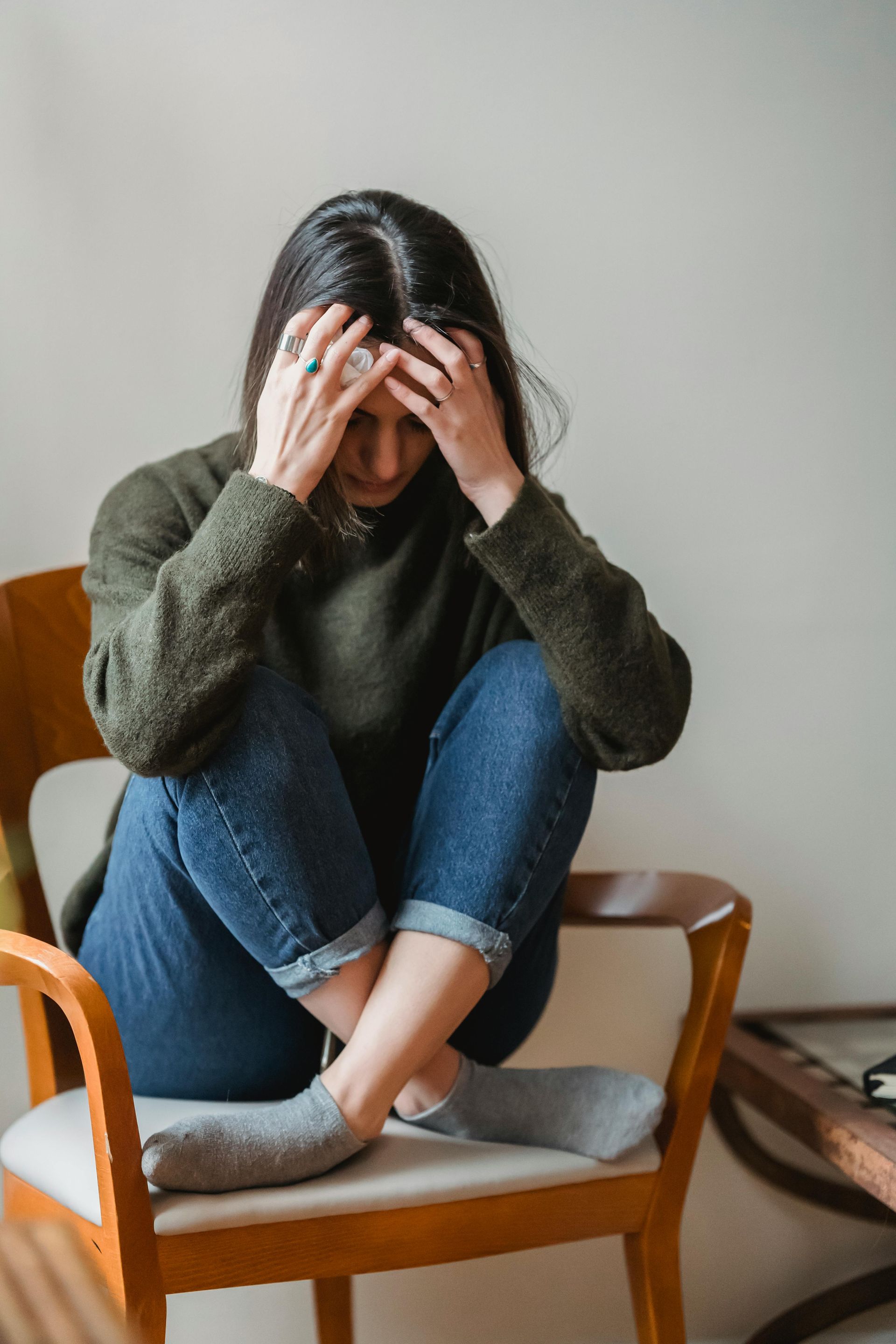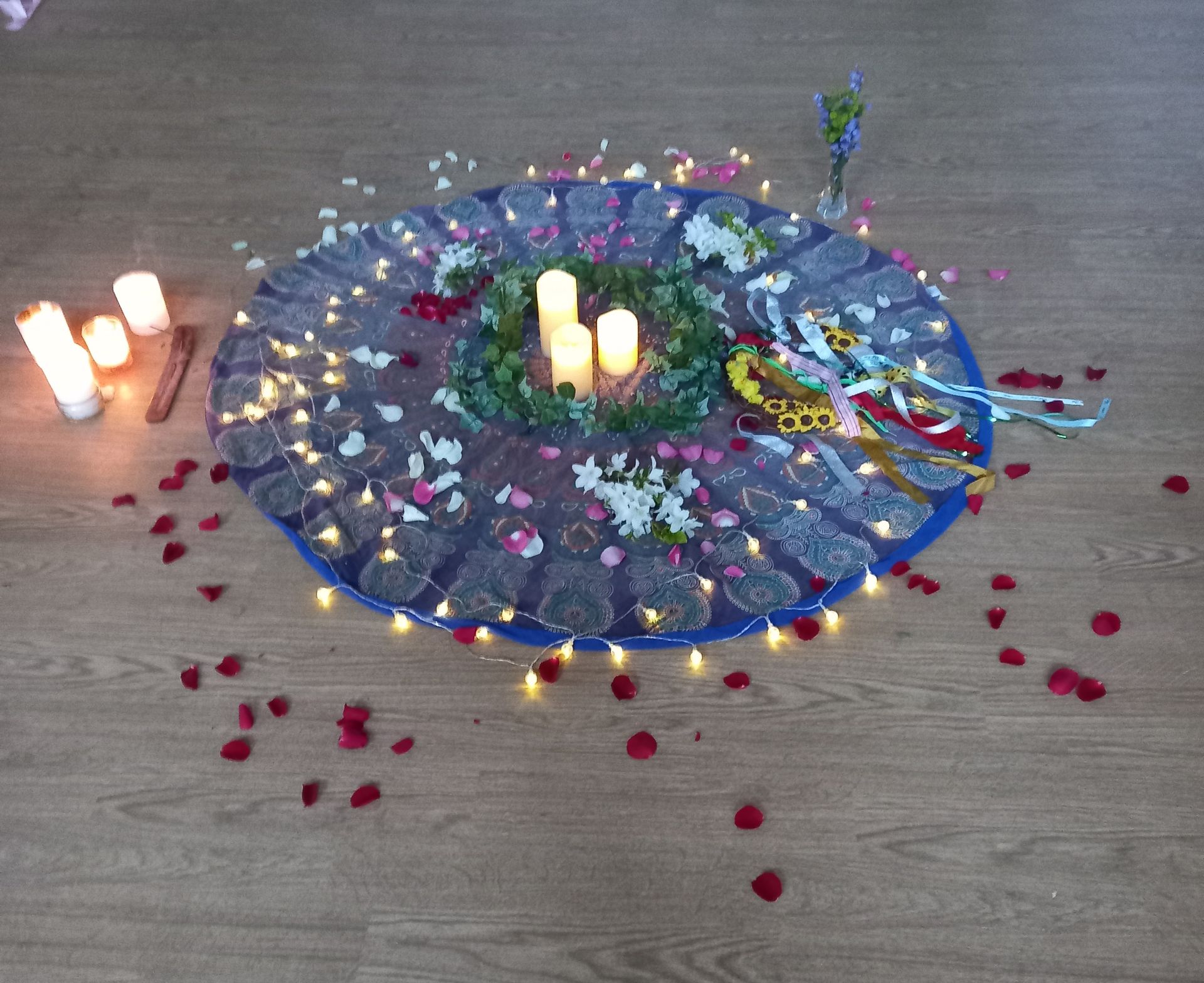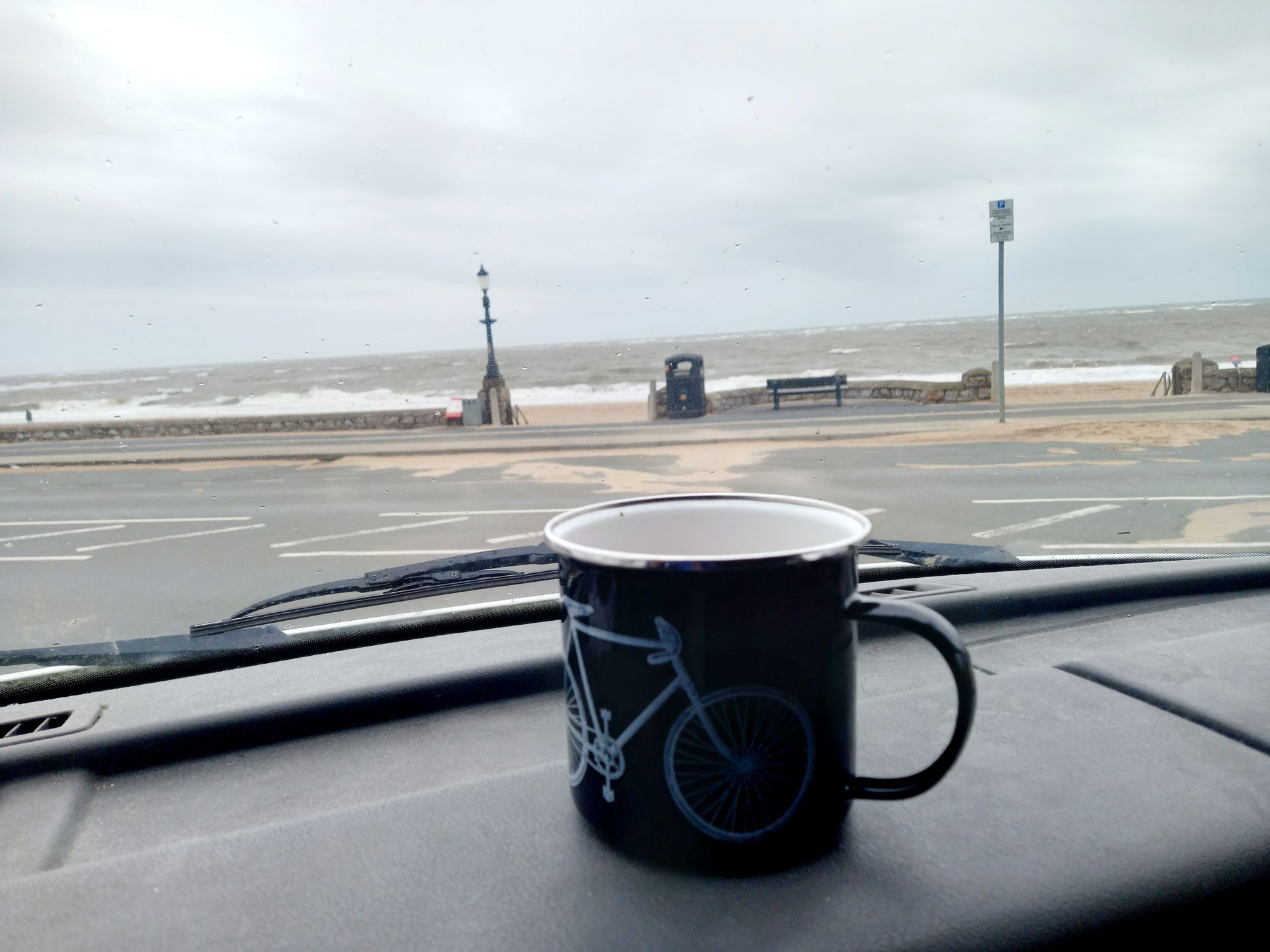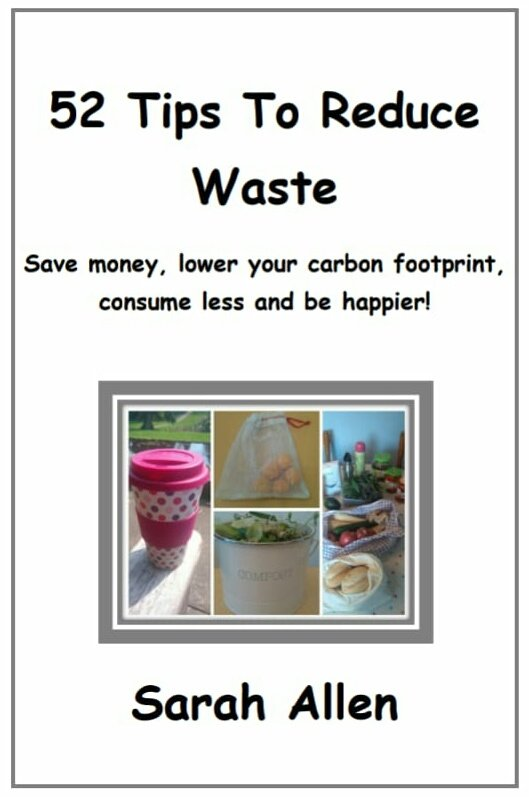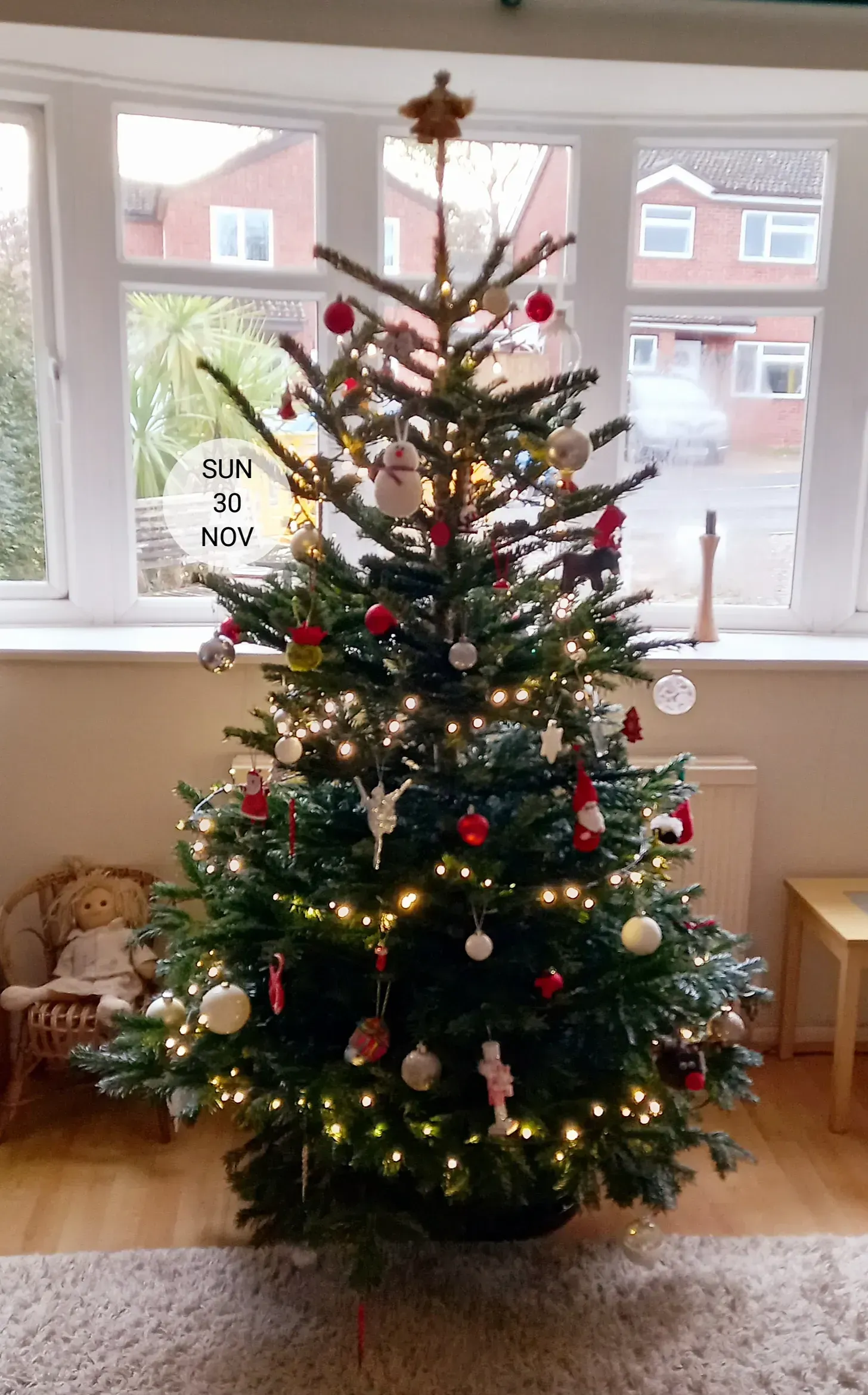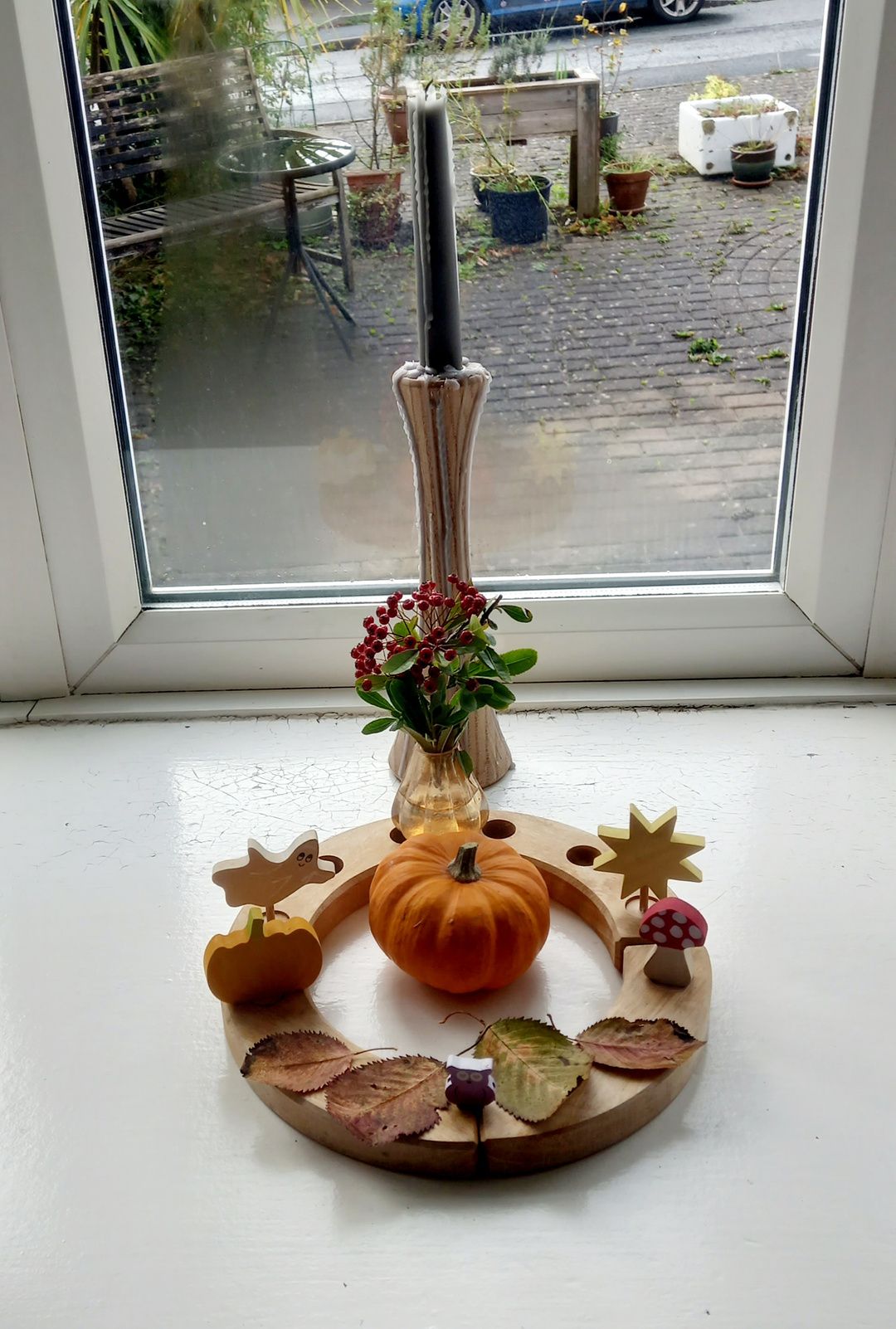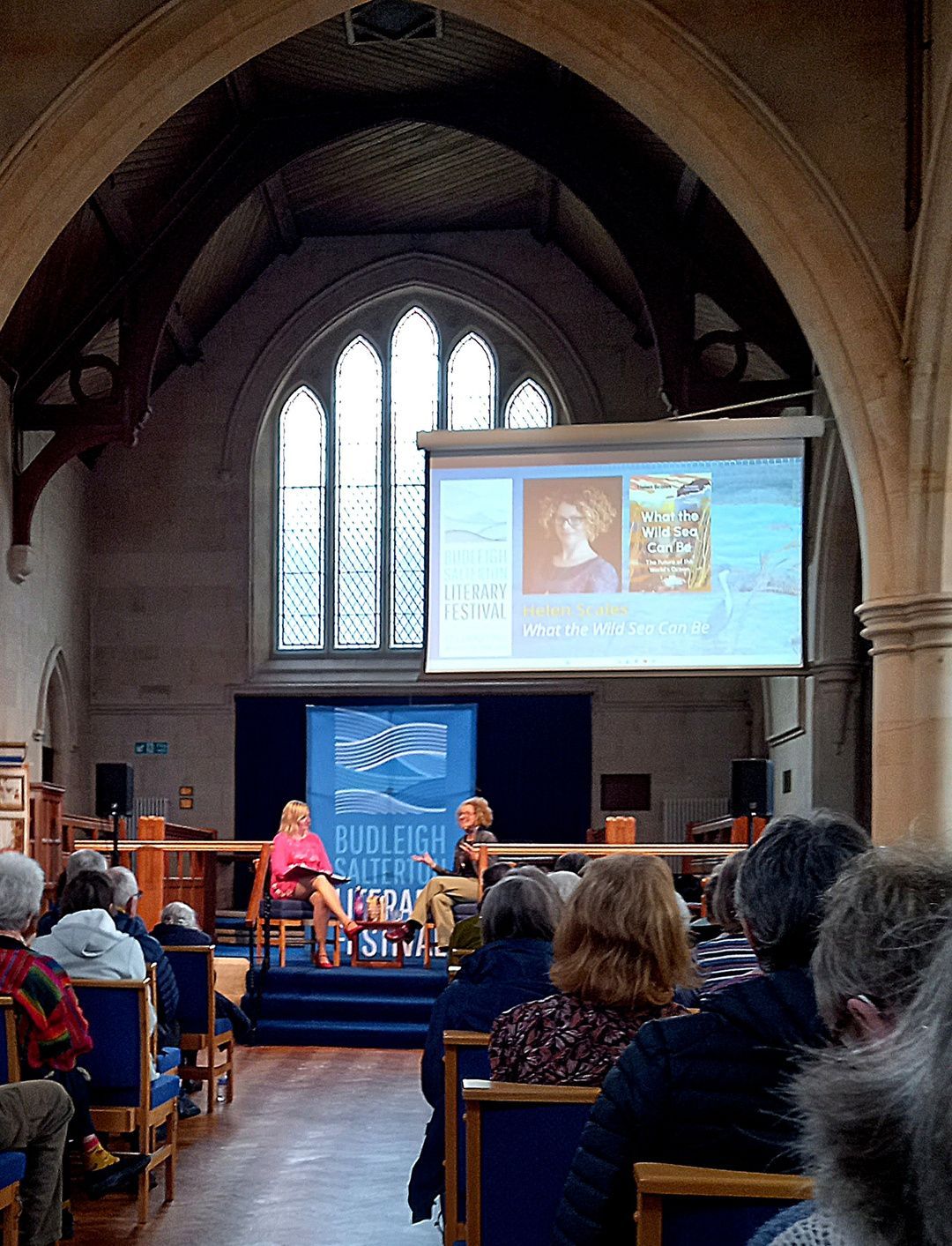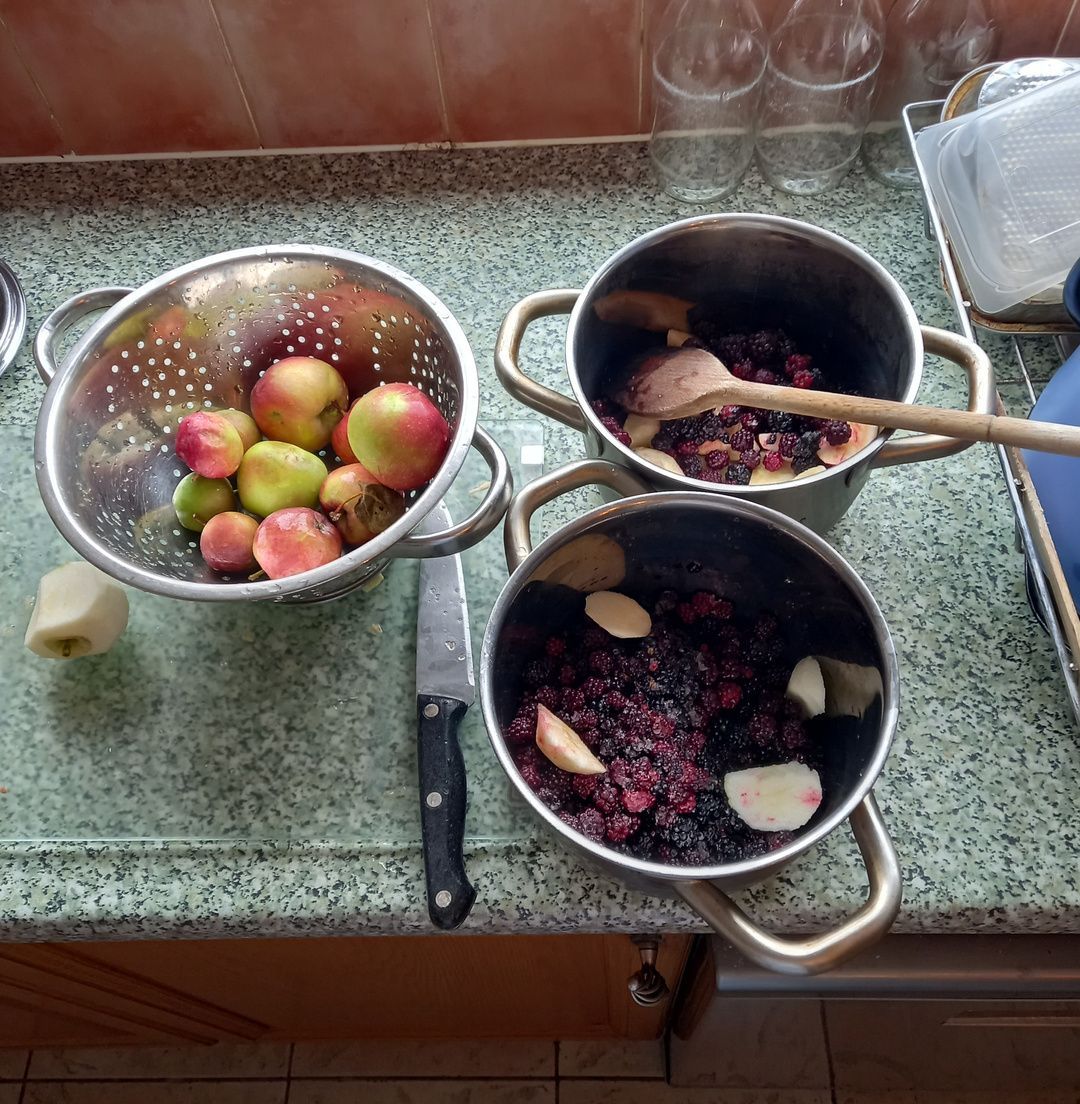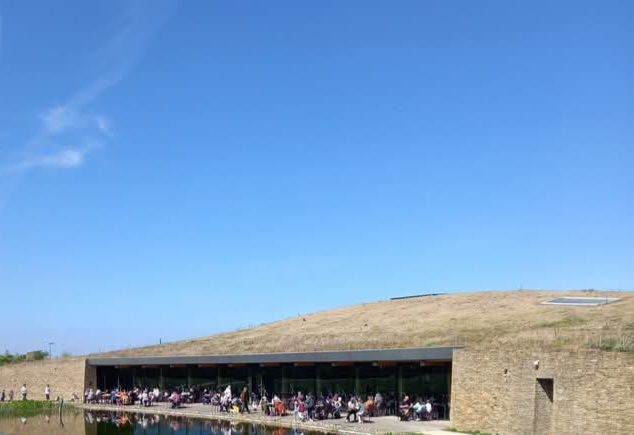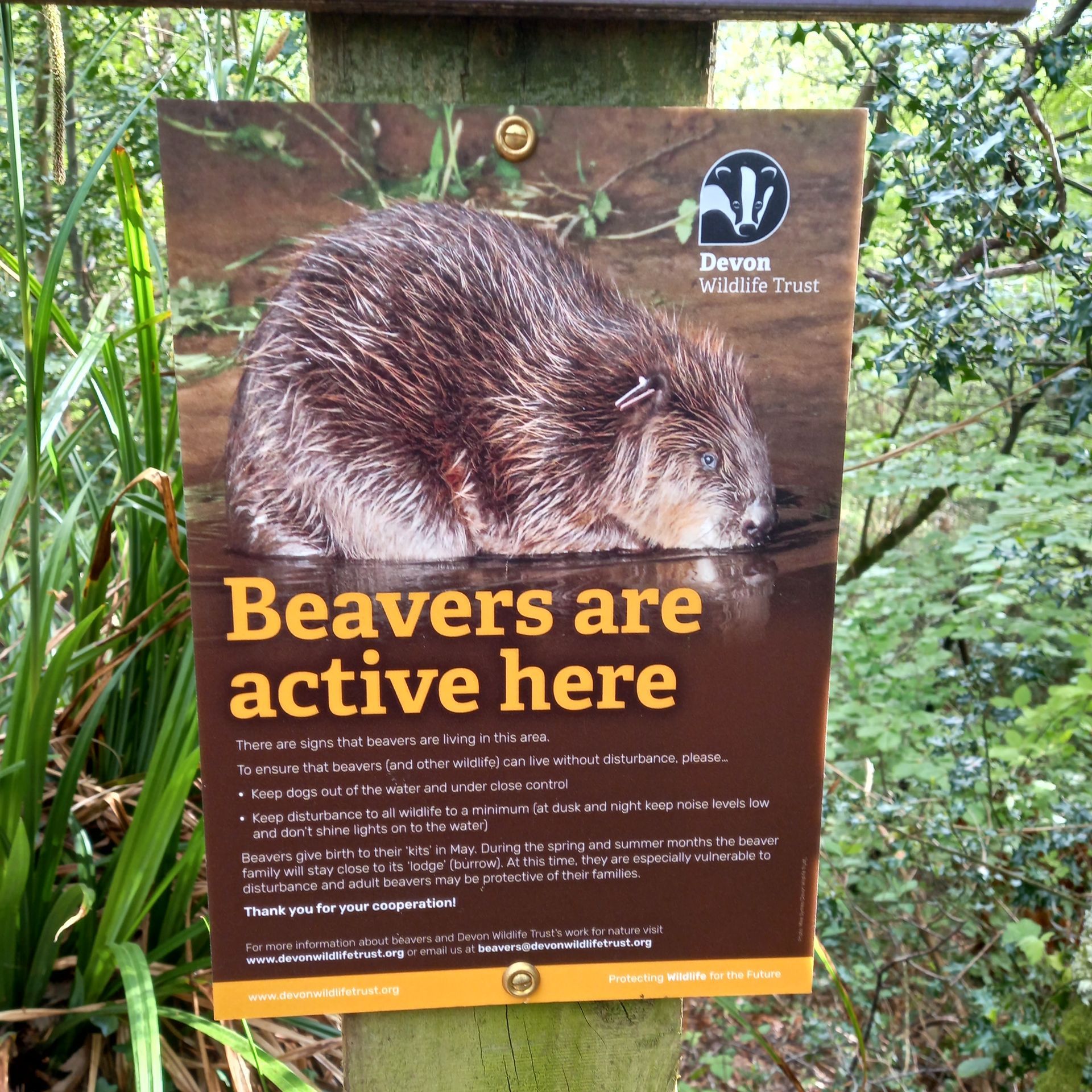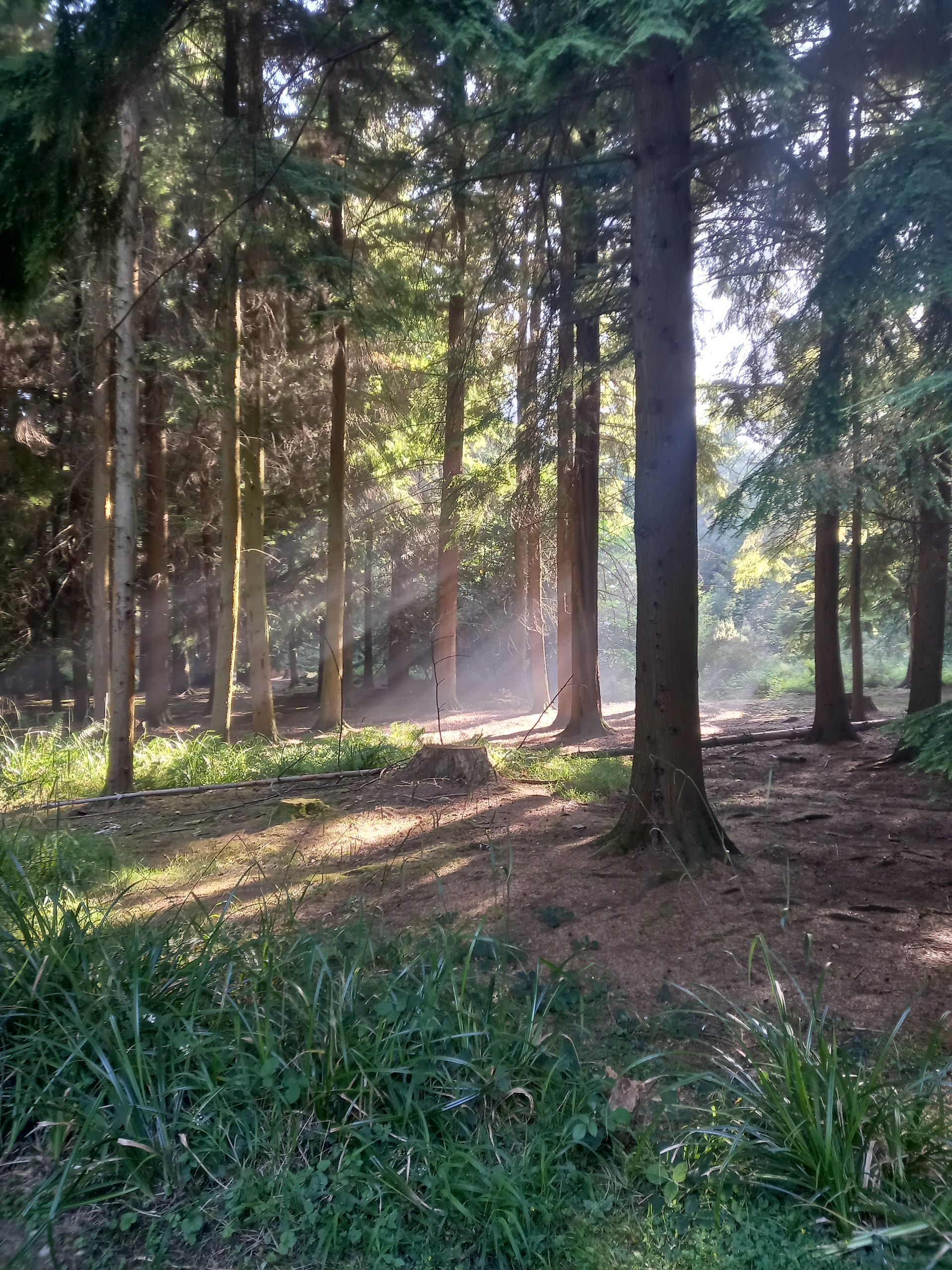Real Nappies in Real Life
Fabulous guest blog post; an honest, funny and informative post all about reusable nappies.
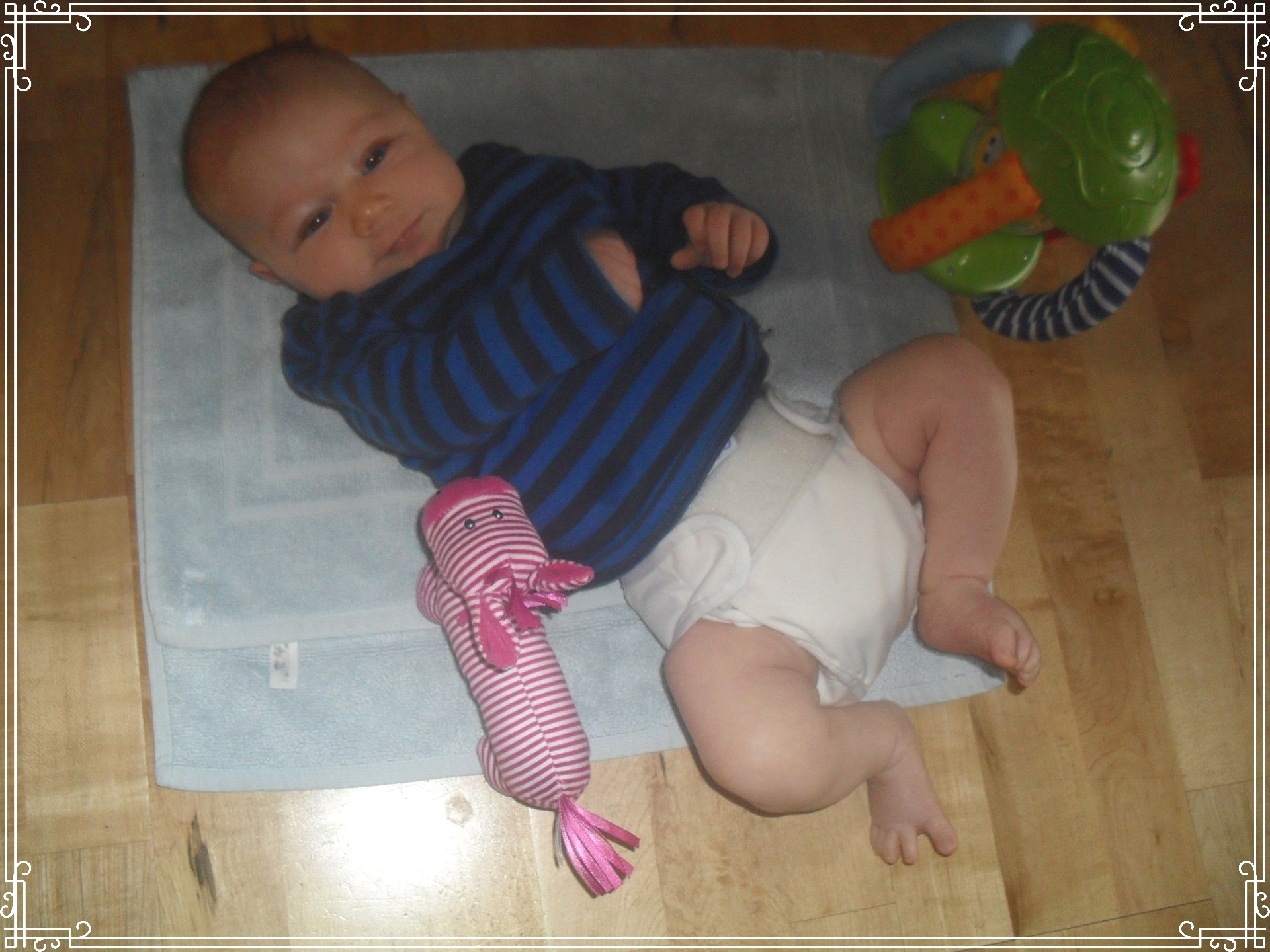
It's the curious look on your baby's face; the sudden sound of a semi-solid squelch; the vibration in your lap and the whiff of digested milk that lets you know your baby has filled their nappy. And you just hope it's been contained by that white rectangle of stitched cloth in the fancy nappy wrap with the funky design
The stench of ammonia comes from a pile of nappies awaiting the wash, followed by a rhythmic thumping as they're flung around the machine for their final spin. They hang in rows on the line as the yellow poo stains slowly vanish in the UV rays, becoming stiff and crisp and smelling sweet like sunshine. Or, when the weather dictates, they're strewn through the house to dry, hung over every radiator, chair, door and even on the odd picture frame. Babies with bulky bottoms crawl around in baggy trousers, “cut for cloth”.
And you're rewarded with the feeling that you've saved hundreds of disposable nappies from waste (which can take hundreds of years to degrade), you've saved gallons of water (the production of disposables uses more water than the production and care of “real nappies”) and you've made significant financial savings too (while loosing many hours to the laundry and learning the intricate details of someone else's bowl movements).
We all know why real nappies are a good choice for environmental and economic reasons, but what about the social aspect? How does it work in real life? “You're brave,” someone told me when I declared that disposables would never darken our door. Brave? Well, I can understand that viewpoint if you fear losing your life to the laundry. However, after five years of parenthood, we've come out the other side of our real nappy experience and we're very happy with our choices; we' d do it all over again. I don't know what your circumstances are and I'm not here to tell you what to do, but I will tell you the reasons why real nappies have worked for our family:
Setting the precedent:
When I was 5 years old I remember watching my mum change my youngest brother's terry cloth nappy and explaining how you need to make a different fold for boys. I also remember the two Mothercare nappy buckets that lived in our bathroom. I always imagined I would do the same and this idea only got stronger as I learnt more about our environmental impact on the world and the detrimental effect that disposables could have. I learnt that washing machine technology had advanced and nappy buckets were no longer needed. You just rinse the poop off into the toilet, wash the nappies in the machine, then hang them out to dry and let the sun do its stain removing magic.
Cost:
Our first set of cloth nappies cost under £40 from eBay. The bundle contained several small and larger sized prefold nappies with wraps, a dry bag and even a cot bed sheet. We had looked into starting off with a real nappy free trial kit, but were told we would have to supplement with disposables until we'd chosen a style of nappy and bought a whole set of them. This was not acceptable as we'd already decided that disposables were out of the question, so we checked out eBay and were pleased to find plenty of affordable options.
We got on well with the prefold style, which was a relief as the variety of reusable nappy styles available was overwhelming. Later some friends gave us their prefolds and wraps as
well as a few terry cloth nappies. Having a go at nappy origami with the terries was fun, but ultimately we preferred the prefolds for ease of use and efficiency. Terries are quicker to dry though.
Buying cloth nappies new can set you back a couple of hundred pounds, but this is nothing compared to the amount you will spend on disposables. If you're able to buy them second hand or are lucky enough to have a friend who wants to pass them on for free, you could save a substantial amount of money not to mention further reducing the carbon footprint of the nappies.
Support:
The whole process was made much smoother by my husband who shares my ideals, is willing and able to change nappies and deal with the contents and knows how to use a washing machine. I appreciate that if your partner is won't get involved or you're a single parent then cloth nappies could be a challenge. I know a couple of single mums who started out with the best intentions, but ultimately had to switch to disposables for the sake of their own sanity.
We have a supportive family who have been happy to change cloth nappies while looking after our babies and also let us use their washing machine when ours was broken.
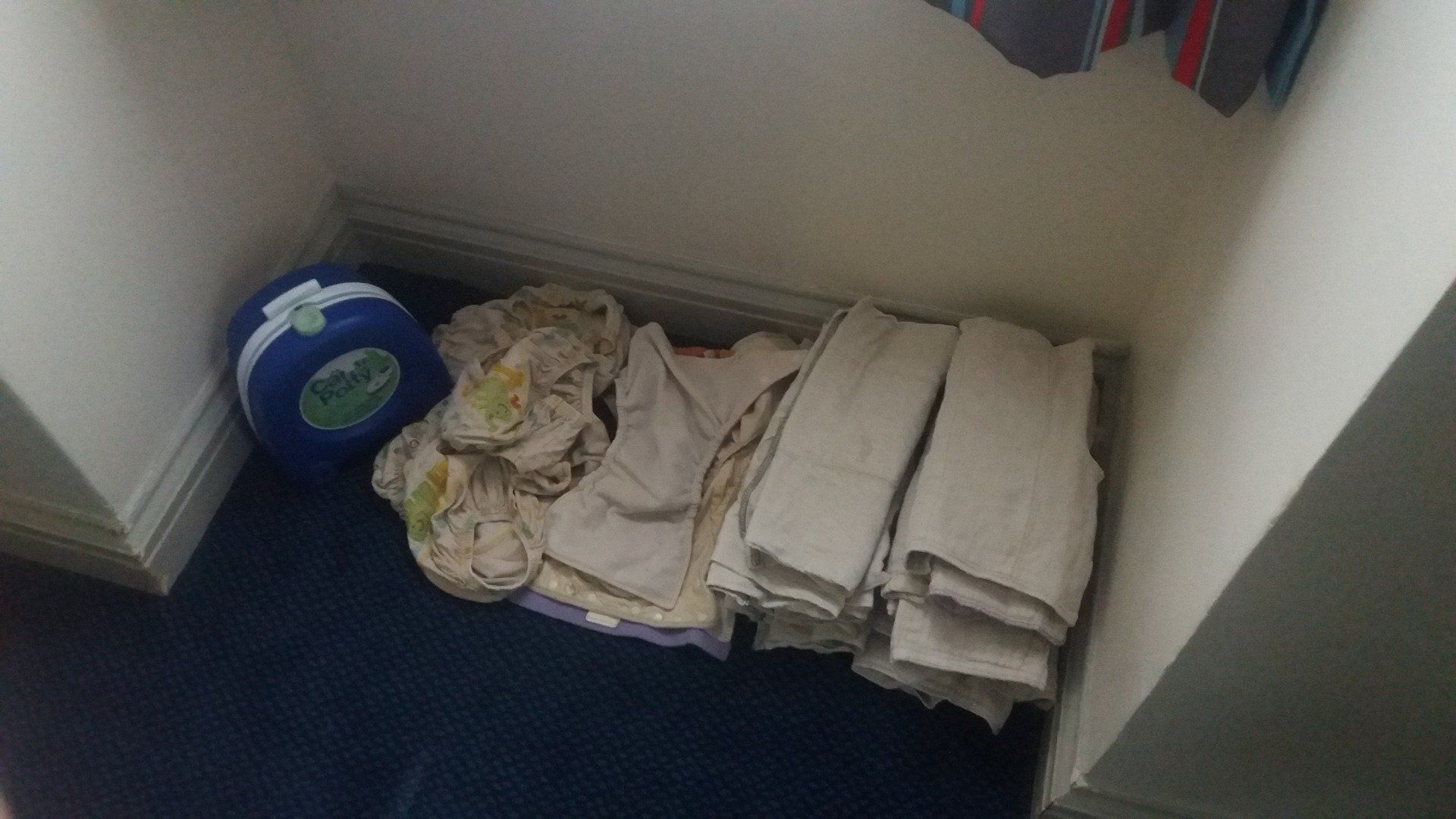
Holidays:
We have taken our cloth nappies and washed them on holidays in the UK, France, Spain and Israel while staying in self catering accommodation and with relatives in their own homes. We've even taken our nappies on weekend camping trips (and one weekend in a Travelodge) as we have enough to last us until we get home to our washing machine.
Space and time:
We have our own washing machine, a garden with three washing lines in it and space for a clothes airer in the second bedroom for when it's raining. We don't have space for a tumble dryer, but we're happy with this as tumble dryers use up more energy and reduce the longevity of the nappies by knocking some of the fibres out. If you have nowhere to dry nappies or are reliant on the laundrette, then cloth nappies could be too much.
Since having children we've taken it in turns to be the stay at home parent with a stint where we were both working. This means that we have some of that commodity we all crave more of: time. When we were both working I would put the machine on a timer over night so the nappies would be ready to hang out in the morning before work. In the summer I would sometimes wash the nappies in the evening and hang them out overnight. I realise those who work full time might not want the extra work involved with cloth nappies. I think if we both worked full time I would have still wanted to give reusables a go as I was so keen to avoid disposables.
If you are time poor but have a good income you could consider a nappy laundry service where they collect your dirty nappies and deliver clean ones.
Health and ability:
Neither my husband nor myself have any physical or mental health issues that would prevent us from using and washing cloth nappies. People living with chronic pain, decreased mobility and motivational issues (to name a few) might well struggle with the workload of cloth nappies, though I'm sure there are some heroes out there who are persevering anyway.
In addition, neither of our children have special needs. I have a friend with an adult son with special needs and disposable wipes and nappies are a real necessity for them.
Leaking:
This is the most common reason I hear for switching to disposables other than lack of time. Our first baby was a girl and her nappies hardly ever leaked. Then we had a boy and found his nappies often leaked at night. I put this down to the fact that his anatomy is different and the pee could go off in any direction! We solved this by putting reusable pull-ups over the nappy wrap to absorb the overflow and I would give him a nappy change once during the night. I know some parents can't face the night time nappy change though.
I have a friend who used Little Lamb nappies who often complained about leakage. She realised that they hadn't come with adequate instructions and once she'd found a decent video tutorial on how to fit them properly, they stopped leaking. Going to real nappy support groups or asking other parents to share experience and tips can also really help if you feel your nappies are not working properly.

Elimination Communication (EC) / baby led pottying:
We've been using cloth nappies since birth, but we've also been holding our children over the potty since birth too. The idea of EC is that babies are born with a sense of their elimination needs but can't yet control them. It's the parent's job to look out for signals that the baby needs to eliminate and give them a "pottytunity" (just as you would look out for signals that they're tired or hungry). Parents can also make sounds like "psss psss" to help form an association and can use timing as a prompt by offering the potty after feeding or during a nappy change.
EC has been an important part of our cloth nappy journey. It has enabled our children to have lots of nappy free time resulting in less nappy rash and minimal need for nappy cream. Every pee or poo caught in the potty meant one less nappy for us to wash. Don't get me wrong, we had plenty of "misses" but luckily we have wipe clean floors and would clean up accidents with an old muslin (which takes up less space in the machine than a prefold nappy). Reportedly, some babies who are brought up with EC are completely nappy free by 10 months old. We didn't manage this, but both our babies were doing "no. 2's" in the potty by the age of 1 meaning that cleaning up a pooy nappy was rare and by 2 years old they were mainly nappy free during the day; car journeys and other people's clean houses were exceptions! This meant we never had to embark on the "dreaded potty training" in the conventional sense.
The great thing about EC is that it's not all or nothing as you can practice it part time. You don't have to start at birth either and can give it a go when you're ready. I definitely recommend EC as whether you're using cloth or disposable, the fewer nappies you get through the better!
So, in conclusion, real nappies were hard work, but very much worth it for us. I hope our story has given you an insight into how cloth nappies can work successfully. Do you have your own cloth nappy stories to share? Have been inspired to give reusables a go or use them more frequently? Using a combination of cloth and disposable still makes a huge difference and you could consider biodegradable if you have access to a composting facility.
If you've got a baby on the way and are concerned about the waste involved with disposables, I recommend using cloth nappies from day one. Having a new baby is intense, and it seems easier to start off using disposables with the intention of introducing cloth later on, but
making the change when you've got used to disposables can be hard. Start as you mean to go on (though ultimately, you're the only person who knows what works for your family!).
Jenny Cahill is an Exeter based mum to Leonor, 5 and Torben 3. She currently works for free and along with her domestic duties, she is also a professional jeweller, a dancer with Majidah Tribal Belly Dance and Glory of the West Morris and is attempting to live a zero waste lifestyle. Read more about her adventures on Instagram @greenjenny_moverandmake r
Thank you so much to my fabulous patrons who support my work.
Become a Patreon member and help Rhubarb and Runner Beans grow! Learn More
about how to become a member and earn rewards as you help me spread the eco-friendly message.
